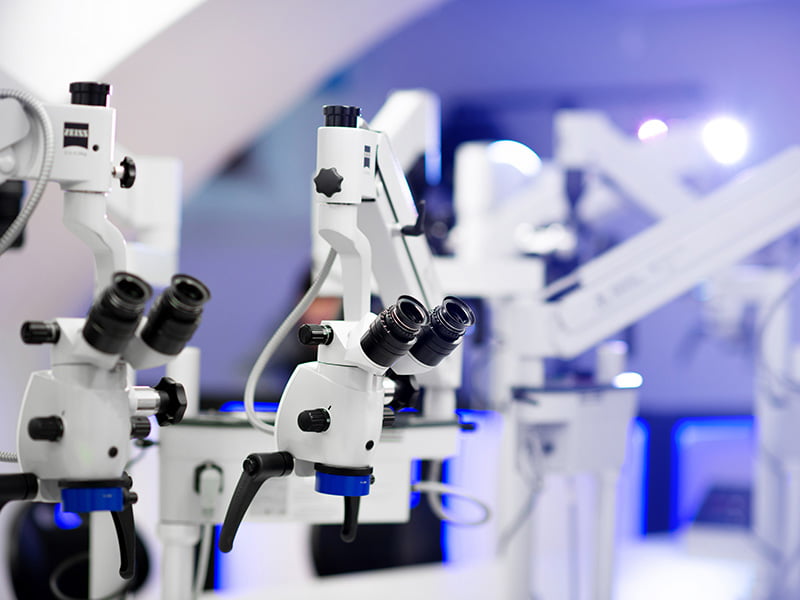Grant funding through Australia’s flagship fundamental research scheme has fallen to its lowest level in more than two decades, even as modelling shows the economic benefit of the long-running program.
The Australian Research Council (ARC) on Monday revealed $220.2 million in funding for 421 projects through the Discovery Projects scheme. But the downward trend in total funding fueled criticism research grants are dropping in value while becoming harder to win.
Just 16 per cent of applications for funding were approved for 2024, down from 18.5 per cent last year. As in previous years, the scheme was oversubscribed, with applications totaling $1.65 billion, according to data supplied by the ARC.

Engineering was the most successful research field, with more than 80 projects funded, followed by biological sciences and information and computing sciences. Monash University, Melbourne University and the University of Queensland were the most successful universities.
A University of New South Wales project to understand the “role of dopamine release in striatal cellular activity and in the psychological processes mediating goal-directed decision-making” received the most funding with $1.5 million.
Other projects highlighted by the ARC include a $754,626 project to identify environmental triggers that lead to marine pathogen outbreaks in Australia’s $1.6 billion aquaculture industry, and a $513,374 project to develop a solution for detecting and preventing data exfiltration by malware.
Female chief investigators (Cis) – the lead researchers on a given project – had the highest success rate at 18.87 per cent, followed by male CIs (16.41 per cent) and unspecified CIs (14.29 per cent), according to the ARC.
More than half of the successful projects also foreshadowed collaboration with overseas researchers, with the United States, England, Germany, Canada and Japan among the countries listed.
Announcing the outcome of the Discovery Projects scheme on Monday, ARC chief executive officer Judi Zielke said the funding would be used to support “excellent basic and applied research to expand Australia’s knowledge base and research capability”.
“Individual researchers and research teams will be supported by ARC funding to provide economic, commercial, environmental, social and/or cultural benefits to the Australian community,” she said in a statement.
But, as analysis of funding by Twitter account and critic of the ARC, ARC Tracker, shows, the success rate is the lowest since the Discovery Projects scheme was established under the Howard government in 2002, despite a decline in overall applications.
Funding in 2024 is also the lowest since the first year of the scheme in 2002. When adjusted for inflation, funding is significantly lower than the adjusted funding provided in the scheme’s first decade.
Here’s the same funding data but without adjusting for inflation.
It’s staggering to see that funding for Discovery Projects **in actual $** is the lowest ever except for the first year it ran (when the ARC was first established in 2001; funding starting in 2002). pic.twitter.com/7Cdggax4Dg
— ARC Tracker (@ARC_Tracker) October 31, 2023
In its latest annual report, the ARC acknowledged the impact the “largest rise in inflation in decades” is having on the research sector – challenges that are reinforming the importance of its “streamlining and burden reducing efforts”.
“Industry partners are experiencing higher costs, universities have tightened budgets, and applicants and assessors are dealing with the cost-of-living pressures in their own lives,” the 2023 annual report reads.
Earlier this year, a report into the National Competitive Grants Program revealed that every dollar invested by the government in research over the last two decades contributed more than $3 to the economy.
The evaluation, conducted by outside consultants ACIL Allen, found that ARC awarded $13.7 billion ($17.6 billion in 2022 dollars) to 29,303 projects between 2002 and 2021, with 61 per cent of the funding awarded through the Discovery Program ($8.37 billion).
In return, the funding generated “substantial economic activity”, boosting Australia’s GDP by $184.3 billion for grants awarded between 2002 and 2021, economic output that is expected to last until 2046.
Do you know more? Contact James Riley via Email.

